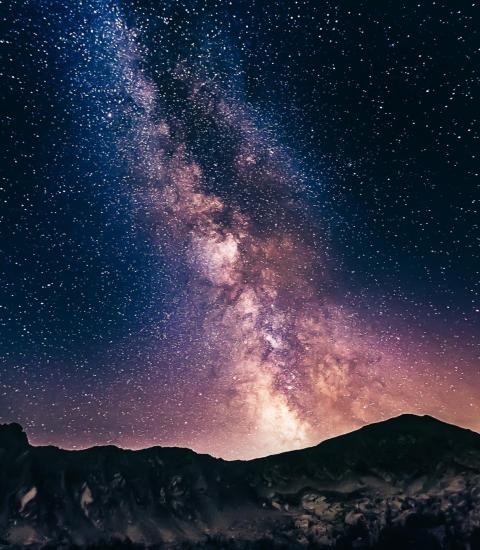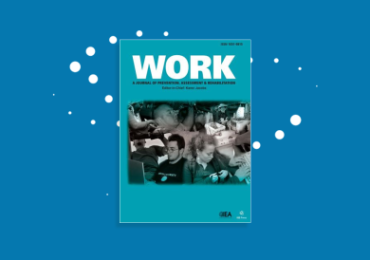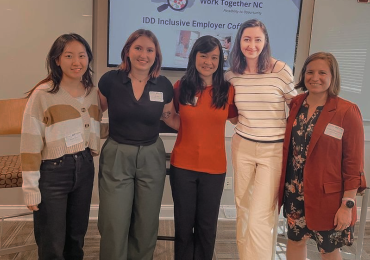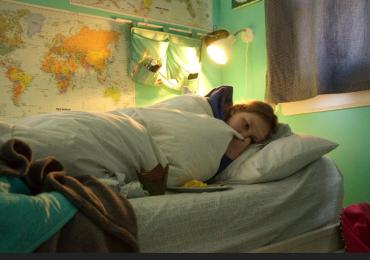
For many years I have discussed the eye’s ability to see in darkness with examples from astronomy. “When you go outside at night and look at the stars…”
Instead of nods of comprehension from my class of 19-year old undergraduate optometry students, 3 years ago I was greeted with a sea of blank faces.
“Don’t you go outside and look at the stars?” I asked.
A few tentative shakes of the head to indicate “no”.
Initially I attributed the negative response to students spending all their time looking at digital devices. I live in a regional town where we enjoy the beauty of the night sky, so it didn’t occur to me that stars were no longer visible in the city sky. But on my next trip to the city I discovered the stars had indeed gone.
My students probably didn’t go outside to look at the stars because the ambient light had obliterated the view of all but the brightest stars in the sky.
What is light pollution?
The Miriam-Webster dictionary defines pollution as “environmental contamination with manmade waste”. Artificial light can be considered a pollutant if it:
- Is used wastefully, for example, provided when nobody is around to use it.
- Has a negative effect, for example, unwanted light in your lounge room from a bright light outside your window.
- Degrades visibility, such as our ability to see the stars.
But this is a human-centric view.
Artificial light also affects insects, plants, fish and animals and can cause disruptive changes to ecosystems. Here are a few examples:
- Threats to pollination of plants1.
- Effects on the nesting and hatching of marine turtles.
- Effects on the growth and health of wild plants2.
Why is light pollution more problematic now?
Light pollution has become more problematic over the past 10-15 years. This can be attributed to several factors, including:
- Our 24/7 lifestyles and transport systems that support this. For example, the need for artificial light at night and for road lighting.
- The introduction of LED lighting. LED are generally more energy efficient than older types of lamps, so it is now possible to generate high quantities of light quite cheaply. This has resulted in more light use in public spaces, such as for billboard advertising and façade lighting.
- The emission spectra of LED. Some LED emit high levels of blue light and ultraviolet radiation, and it is thought that this can disturb the circadian cycle of humans and wildlife3.
It’s a complex issue
Managing light pollution is a not straightforward because of the diverse uses and associations we have with light.
Artificial light enables us to see at night. Minimum illuminance requirements are listed in standards and regulations to reduce the risk of injury (for example, tripping down poorly lit stairs) and to facilitate task performance (such as reading or doing intricate near work).
As a society we have become accustomed to having easy access to artificial light. It can alleviate a fear of the dark.
For more than 500 years lighting has been used in an attempt to combat crime4, although there is debate about its effectiveness. For example, does increased quantity of light increase our perception of safety? Or does more light decrease the opportunity for crime?
Lighting is also closely associated with our culture, for example, Christmas tree lights, fireworks and Halloween lanterns. It can be a form of artistic expression, such as the numerous lighting installations during the annual Vivid Festival in Sydney, Australia.
It is used for outdoor advertising, and it can confer prestige to a building façade.
What can we do to reduce light pollution?
Light Pollution – A Global Discussion3 captures the complexity of light pollution and describes some of the strategies that could be implemented to improve this problem. These include:
- Certifying dark-sky areas and promoting them as tourist opportunities for people who wish to experience natural darkness and appreciate the night sky.
- Developing standards and recommendations for managing light pollution.
- Promoting outdoor lighting plans for lighting designs.
- Legislating against light pollution in commercial lighting.
If you have responsibility for a building or a building project, then you could consider:
- Consulting a lighting designer to determine the best strategy for managing light pollution in and around your building.
- Installing sensor lights and/or dimmer switches that minimise lighting use when the building is unoccupied.
- Installing lighting that directs light where it is needed and minimises light spill, particularly up toward the sky.
Individuals can make a difference too. Some practical things you can do to reduce light pollution include:
- Install sensor lights around your house and garden that switch off automatically when not required.
- Install lights that direct light where it is required, for example, onto a path rather than up toward the sky.
- Use a timer to automatically switch off decorative lights in trees at a certain time of night.
- Switch off lights in your workplace at the end of the day.
Many of us grew up with the night sky. If we allow light pollution to proliferate, then our children many never see and appreciate the beauty of the stars and the planets.
It’s up to all of us. Together we can make a difference to reduce light pollution.
References
1. Knop et al (2017) Artificial light at night as a new threat to pollination. Nature. DOI: 10.1038/nature 23288
2. Bennie et al (2016) Ecological effects of artificial light at night on wild plants. Journal of Ecology 104: 611-620
3. Schulte-Romer N, et al (2018) Light Pollution - A Global Discussion. Helmholtz Centre of Environmental Research. Available from http://www.lightpollutiondiscussion.net/
4. Boyce P (2003) Human Factors in Lighting 2nd Edition. Taylor & Francis, London.
Jennifer Long is a visual ergonomics consultant based in Sydney, Australia. www.visualergonomics.com.au



